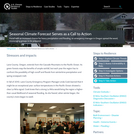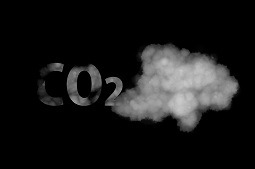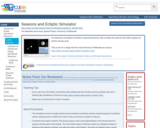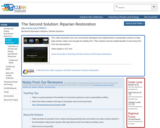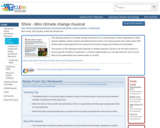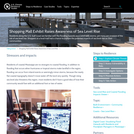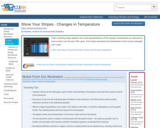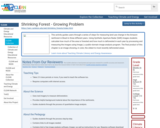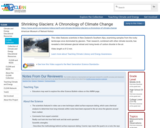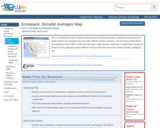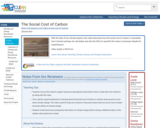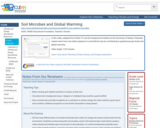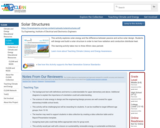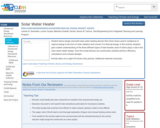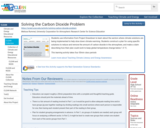Our bodies are finely-calibrated, organic machines that are capable of dealing with the fluctuations of our internal systems in response to stimuli. We are able to regulate these changes through feedback loops in order to maintain the self in a prime ‘operating condition’ known as homeostasis. While deviations from homeostasis may occur, the body has processes in place to eventually return to normal. Long term or highly disruptive deviation, to the point where the body’s natural feedback loops are insufficient at correcting the error, is an indicator of something abnormal at work—be it parasite, virus, or organ malfunction.
The Earth also displays similar mechanisms of homeostasis—complex feedback loops that allow it to regulate temperature, gas concentrations, and pH. Normally, small fluctuations are regulated within the system. Negative feedback loops maintain balance through chemical processes like the sink and release of carbon gases. However, as excessive fossil fuel combustion tips the scales, it is likely that we are moving further away from the point where these feedback loops are enough to return the carbon cycle to balance.
We can see symptoms of this deviation in alteration of the climate, increased warming, and the thawing of glaciers and permafrost. The study of these indicators allow us to monitor the disease and provide insight into the underlying cause. The feedback loops found in the carbon cycle are unable to rectify the anthropogenic carbon output post Industrial revolution, leading to some alarming trends. The greater the divergence from normal the greater the impact these indicators have on the system of the planet until, like the human body, there is irreparable harm to the system.
Is this warming a fever-- a planetary self-preservation system precipitated by the intemperate combustion of fossil fuels-- that aims to overcorrect the problem before returning to homeostasis in the geological timeline? How does a ‘sick’ planet impact our own health? This unit addresses the consequence of anthropogenic carbon sourced global warming on the planetary system and human physiology.
